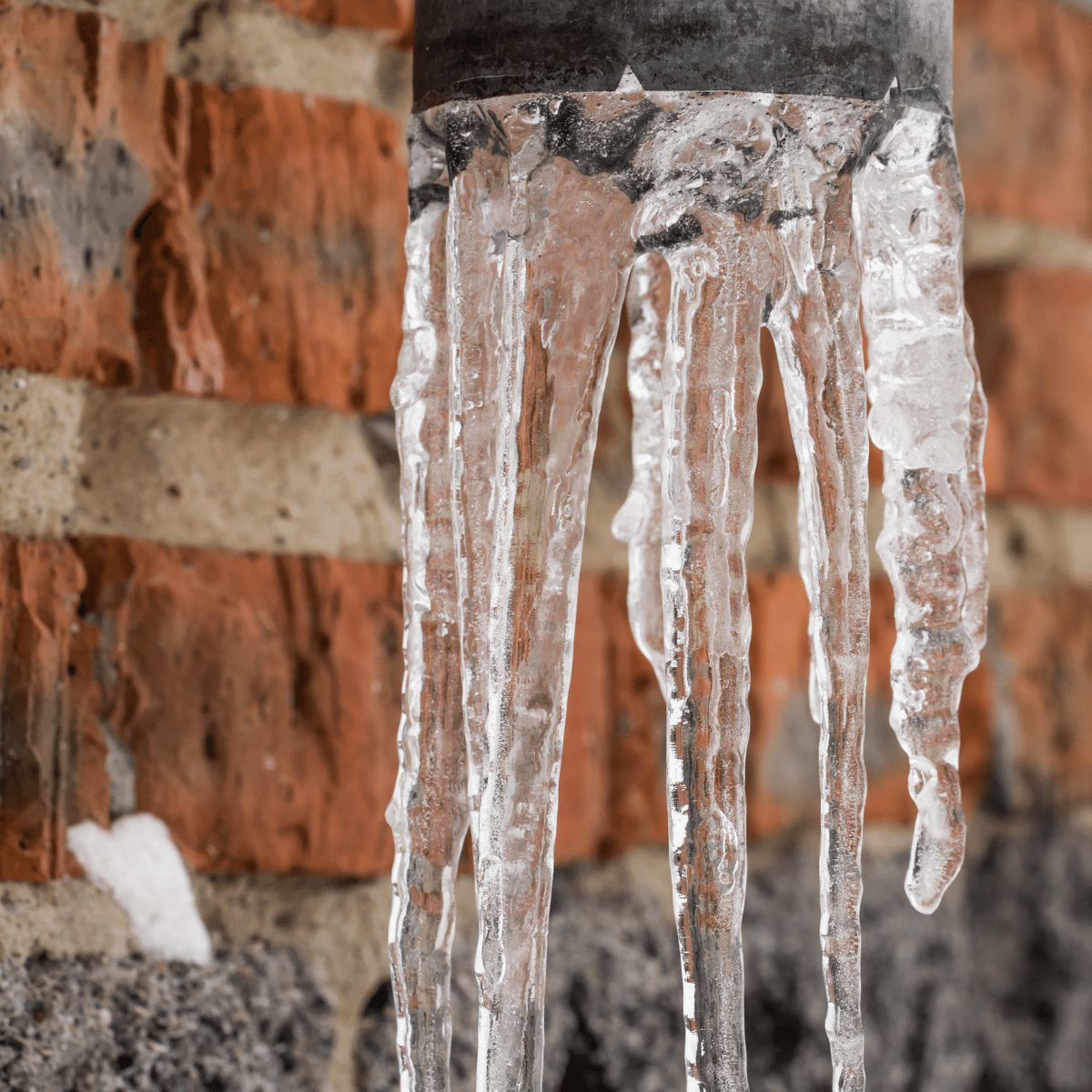Prevent Frozen Pipes in Cold Weather: Professional Advice
Prevent Frozen Pipes in Cold Weather: Professional Advice
Blog Article
Were you searching for facts about How To Avoid Freezing Pipes?

Cold weather can damage your pipes, especially by freezing pipes. Right here's exactly how to stop it from happening and what to do if it does.
Introduction
As temperature levels decline, the risk of frozen pipelines boosts, potentially resulting in costly repair services and water damage. Comprehending exactly how to prevent icy pipes is critical for home owners in cool climates.
Avoidance Tips
Protecting at risk pipelines
Cover pipes in insulation sleeves or use heat tape to protect them from freezing temperature levels. Concentrate on pipes in unheated or outside areas of the home.
Home heating techniques
Maintain indoor areas adequately warmed, especially locations with plumbing. Open cabinet doors to enable cozy air to distribute around pipelines under sinks.
How to recognize frozen pipelines
Seek reduced water circulation from taps, uncommon smells or sounds from pipelines, and noticeable frost on subjected pipelines.
Long-Term Solutions
Structural modifications
Consider rerouting pipes far from outside wall surfaces or unheated locations. Add additional insulation to attics, basements, and crawl spaces.
Updating insulation
Buy top quality insulation for pipes, attic rooms, and wall surfaces. Proper insulation aids keep regular temperatures and reduces the danger of frozen pipelines.
Protecting Outdoor Plumbing
Yard hoses and outside taps
Disconnect and drain yard hose pipes before winter. Install frost-proof faucets or cover exterior faucets with shielded caps.
Comprehending Frozen Pipes
What triggers pipes to ice up?
Pipelines ice up when subjected to temperature levels below 32 ° F (0 ° C) for prolonged periods. As water inside the pipes freezes, it expands, taxing the pipe wall surfaces and potentially creating them to break.
Dangers and problems
Frozen pipelines can lead to water supply interruptions, residential or commercial property damage, and expensive fixings. Ruptured pipelines can flooding homes and create extensive structural damage.
Signs of Frozen Pipeline
Identifying frozen pipelines early can prevent them from rupturing.
What to Do If Your Pipes Freeze
Immediate activities to take
If you think icy pipelines, keep faucets available to alleviate pressure as the ice thaws. Use a hairdryer or towels taken in warm water to thaw pipes slowly.
Conclusion
Preventing frozen pipes requires aggressive actions and quick actions. By understanding the causes, indicators, and preventive measures, property owners can shield their plumbing during cold weather.
5 Ways to Prevent Frozen Pipes
Drain Outdoor Faucets and Disconnect Hoses
First, close the shut-off valve that controls the flow of water in the pipe to your outdoor faucet. Then, head outside to disconnect and drain your hose and open the outdoor faucet to allow the water to completely drain out of the line. Turn off the faucet when done. Finally, head back to the shut-off valve and drain the remaining water inside the pipe into a bucket or container. Additionally, if you have a home irrigation system, you should consider hiring an expert to clear the system of water each year.
Insulate Pipes
One of the best and most cost-effective methods for preventing frozen water pipes is to wrap your pipes with insulation. This is especially important for areas in your home that aren’t exposed to heat, such as an attic. We suggest using foam sleeves, which can typically be found at your local hardware store.
Keep Heat Running at 65
Your pipes are located inside your walls, and the temperature there is much colder than the rest of the house. To prevent your pipes from freezing, The Insurance Information Institute suggests that you keep your home heated to at least 65 degrees, even when traveling. You may want to invest in smart devices that can keep an eye on the temperature in your home while you’re away.
Leave Water Dripping
Moving water — even a small trickle — can prevent ice from forming inside your pipes. When freezing temps are imminent, start a drip of water from all faucets that serve exposed pipes. Leaving a few faucets running will also help relieve pressure inside the pipes and help prevent a rupture if the water inside freezes.
Open Cupboard Doors
Warm your kitchen and bathroom pipes by opening cupboards and vanities. You should also leave your interior doors ajar to help warm air circulate evenly throughout your home.

As a devoted person who reads about Preventing and dealing with frozen pipes, I imagined sharing that excerpt was really helpful. If you please set aside a second to distribute this article if you liked it. Thank you for going through it.
Visit Page Report this page